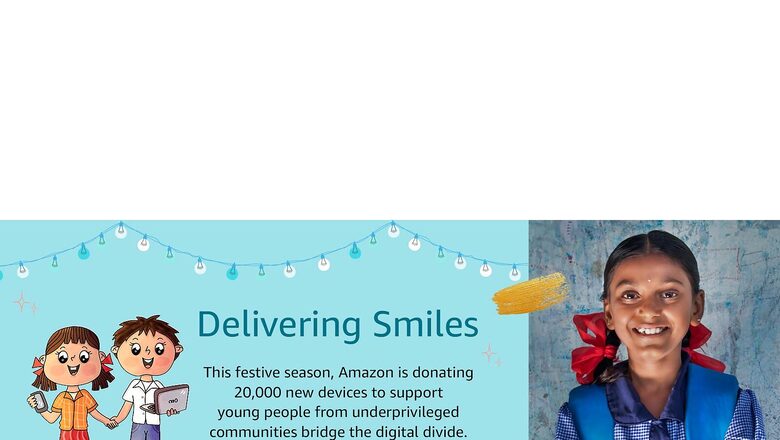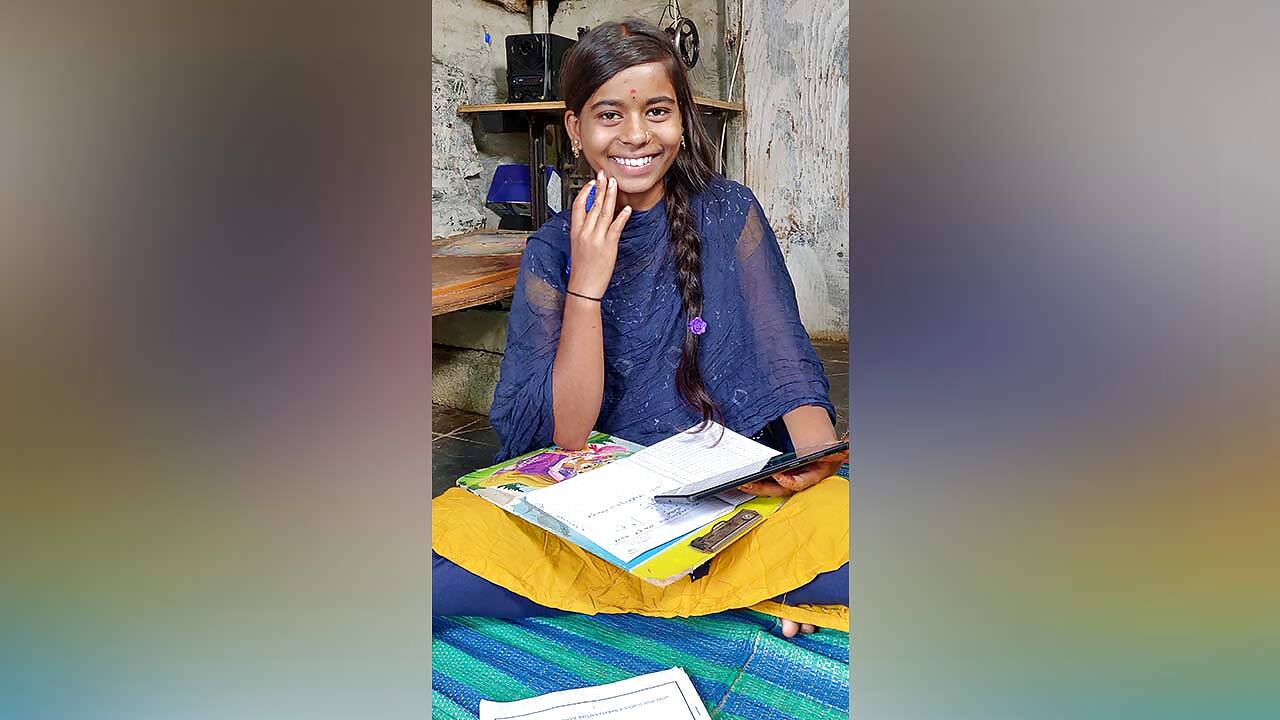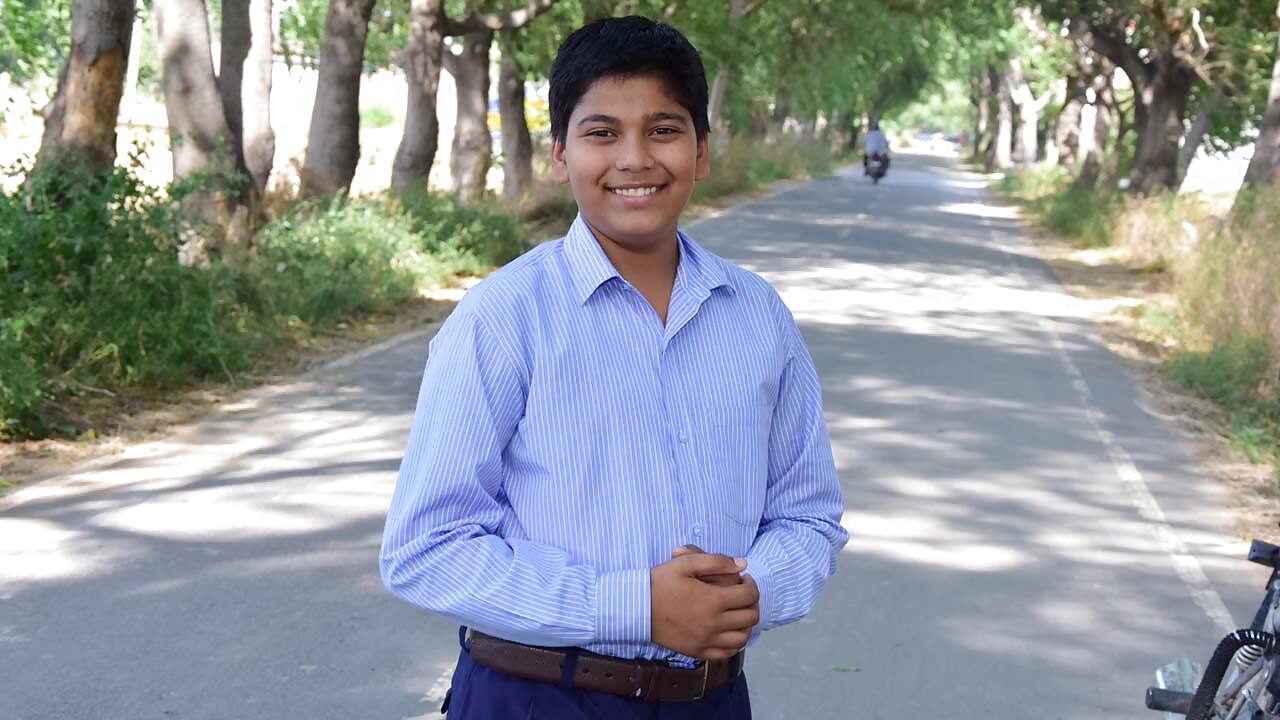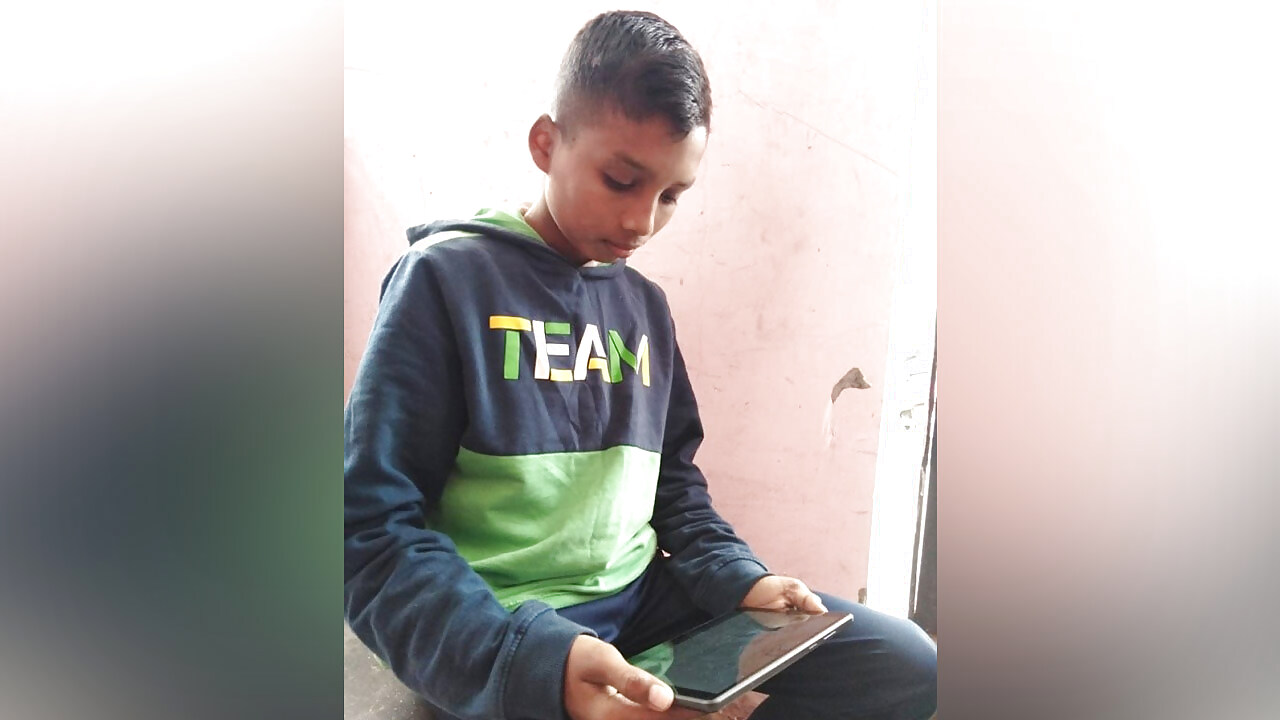
views
In the wake of Covid-19, lakhs of children across the country were suddenly staring at lost school years because they did not have access to smartphones and tablets along with mobile internet that had become essential to access and attend online classes during the pandemic’s peak. Even now, with vaccinations for children yet to kickstart on a large scale, this way of learning has become the new normal. According to an Education Ministry report, between 40% and 70% school-going children in seven large states – Assam, Andhra Pradesh, Bihar, Gujarat, Jharkhand, Madhya Pradesh and Uttarakhand – do not have access to digital devices.
On the other hand, professionals lost no time in upgrading their smartphones that enabled them to attend video meetings at work and binge watch their favourite shows at night. Lost in between were countless second-hand mobile phones that could have helped children from marginalized communities continue their studies using those smartphones
This is the digital divide, increased by the pandemic, that we need to collectively address. From education, to access to healthcare and finance, the barriers are high for low-income communities. This quiet drop-out of disadvantaged students may increase problems of child labour and child marriage.
Rolled out in October this year, Amazon India’s Delivering Smiles initiative aims to reduce this widening digital divide in the country. Through the Delivering Smiles initiative, Amazon India will directly give, and facilitate the contribution of digital devices among students and young people from marginalized communities, also contributing to the digitization goals of India. Amazon will directly provide 20,000 digital devices to underprivileged young people, in partnership with over 150 large and small non-profit organizations, impacting over 100,000 students across India. Additionally, millions of Amazon customers can contribute a cash donation on Amazon Pay or give their old mobile phones that will be refurbished and distributed to provide digital learning devices for young people.
Stories of triumph:
Some of the stories of students who have benefited from the Delivering Smiles initiative, include 15-year-old Anitha P from Bengaluru who studies in Class 9 and who had to work at construction sites at the height of the pandemic to support her family. She was abruptly cut off from her schoolwork as her family couldn’t afford a tablet or smartphone to keep her going. Since receiving a tablet donated by Amazon, her learning has picked up and her scores have improved steadily.

12-year-old Himanshu from Haryana wanted to continue studying but when his father lost his job as a newspaper seller during the pandemic, his dream of becoming an engineer started fading quickly. It was only when he was identified by Amazon’s local NGO partners and received a tablet, with the help of his teachers he was able to dream again.

Haridwar’s 11-year-old Tarun Kumar is yet another beneficiary of a tablet donated by Amazon that helped him refocus on education after being forced to travel long distance to share a smartphone with his friend to keep on studying. His father, a daily wage worker, couldn’t afford the extra expense and today, both Tarun and his sister make the best use of the tablet for their studies.

These are just a few examples of how safe access to a small device can create a huge impact in the life of someone whose routine and way of learning may have been forever altered because of the pandemic. It also makes the more privileged among us reconsider the way we treat our second-hand devices and makes an urging case to give them a new meaning, bring back a lost smile and help bridge the country’s digital divide.
So go ahead, give your old phone a new home, or contribute in cash, and help empower disadvantaged children with a brighter future. Click here to contribute.
This article has been created by Studio 18 team on behalf of Amazon India.
Read all the Latest Business News here

















Comments
0 comment